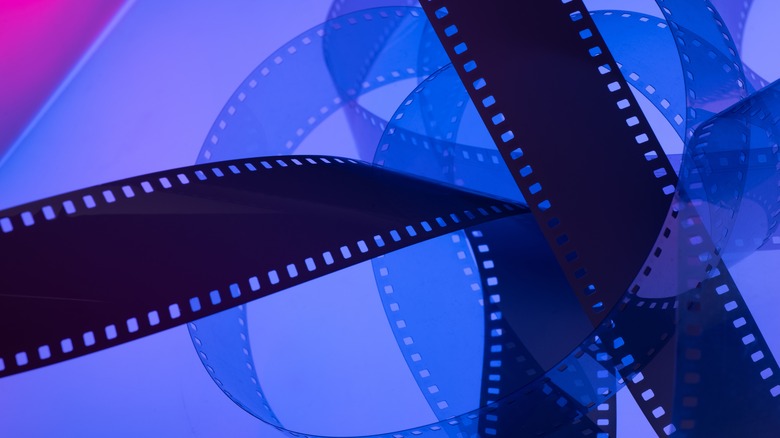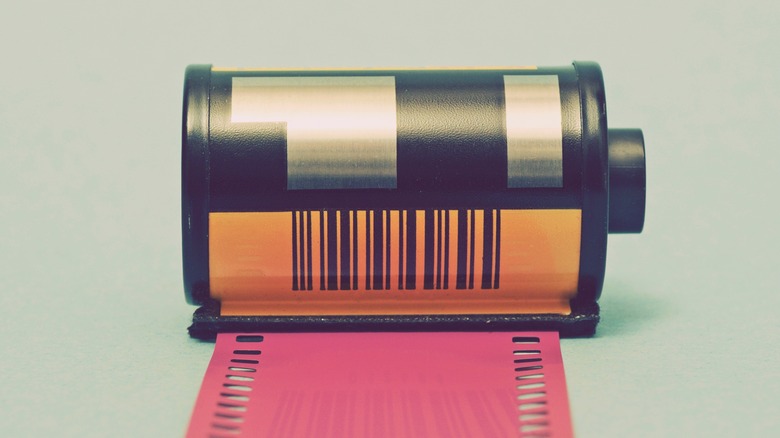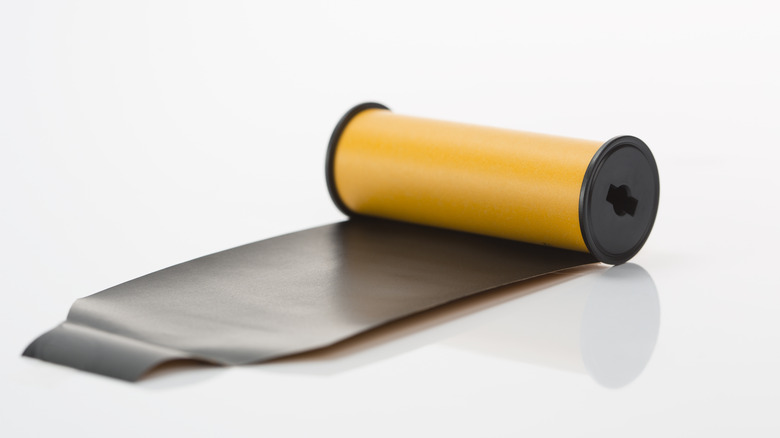What's The Difference Between Medium Format Vs. 35mm Film Cameras?
We may receive a commission on purchases made from links.
Photography is as accessible a hobby as it has ever been. With the rise of smartphones, nearly everyone has a decent-quality camera and with a little practice (and keeping in mind some key smartphone photography tips that you should be using), they can use it effectively. Digital photography is what kickstarted my interest in cameras, which then snowballed into academic study and eventually professional work. It's accessible, fun, and easy, but some want to take their interest in photography beyond the limits of the digital realm, taking something of a step back in time.
Before digital cameras ruled the photography world, film cameras were the tools of the trade. Now, knee deep in the 21st century, film is far from the titan it once was, but it remains beloved and used among many photographers — myself included. In fact, recently, old film cameras have made big comeback for more reasons than one. If you want to try your hand at this tried-and-true photography form, the first step is to figure out which kind of film camera you'd like to use. Two of the main types of film cameras are those that deal in 35mm and 120, or medium format film. But what's the difference between them?
35mm is more convenient and budget-friendly
If you're new to the world of film photography, 35mm is the way to go for more reasons than one. First and foremost, shooting on a 35mm camera is relatively inexpensive. The cameras themselves can be found for reasonable prices online, though there are higher-end models out there to choose from with various lenses and light attachments to try out. Thankfully, the film doesn't cost too much either. Online retailers like Amazon and brick-and-mortar chains such as Target carry various brands, ISO settings, and color variations at fair price points.
Aside from cost and convenience, there are a few key points about 35mm cameras and their images to point out. You can find 35mm film with between 24 and 36 exposures per roll, so you can get plenty of photography done before you have to switch over to a fresh one. I personally prefer these cameras for less formal photography settings: Gatherings of friends and family, walking around town, and similar spontaneous situations where you want lots of decent quality shots quickly. Unfortunately, the smaller size of 35mm comes at the cost of resolution, which can become especially evident when these images are converted to digital — something you can now do to your negatives with your smartphone camera.
Medium format has a richer color and higher resolution
While 35mm is a more cost-effective, convenient, and newcomer-friendly film camera format, medium format is better suited for seasoned photographers. For one, medium format cameras and film are both more expensive, and they generally come with fewer shots: between 10 and 16. They are often heavier and a tad more unwieldy to use, particularly for those new to film photography.
Of course, this added weight and size isn't for nothing: Their output is immaculate. Compared to 35mm, the resolution is considerably higher, the color is more true to life, and the shallower depth of field helps subjects better stand out from their surroundings. These aspects, coupled with the lower exposure count per roll, make medium format prime for portraits, nature photography, professional photoshoots, and any other setting where capturing deliberate, low-movement images is needed. I haven't used medium format film nearly as much as 35mm, but when I have, I've been highly impressed with the results.
Both 35mm and medium format film cameras come with their positives and negatives, but they're both worth trying out if you're able. Getting into film photography may be daunting, but so long as you are aware of your goals, how to use the technology at your disposal, and that there's quite a learning curve to embark on, you'll be on the path to success in no time.


